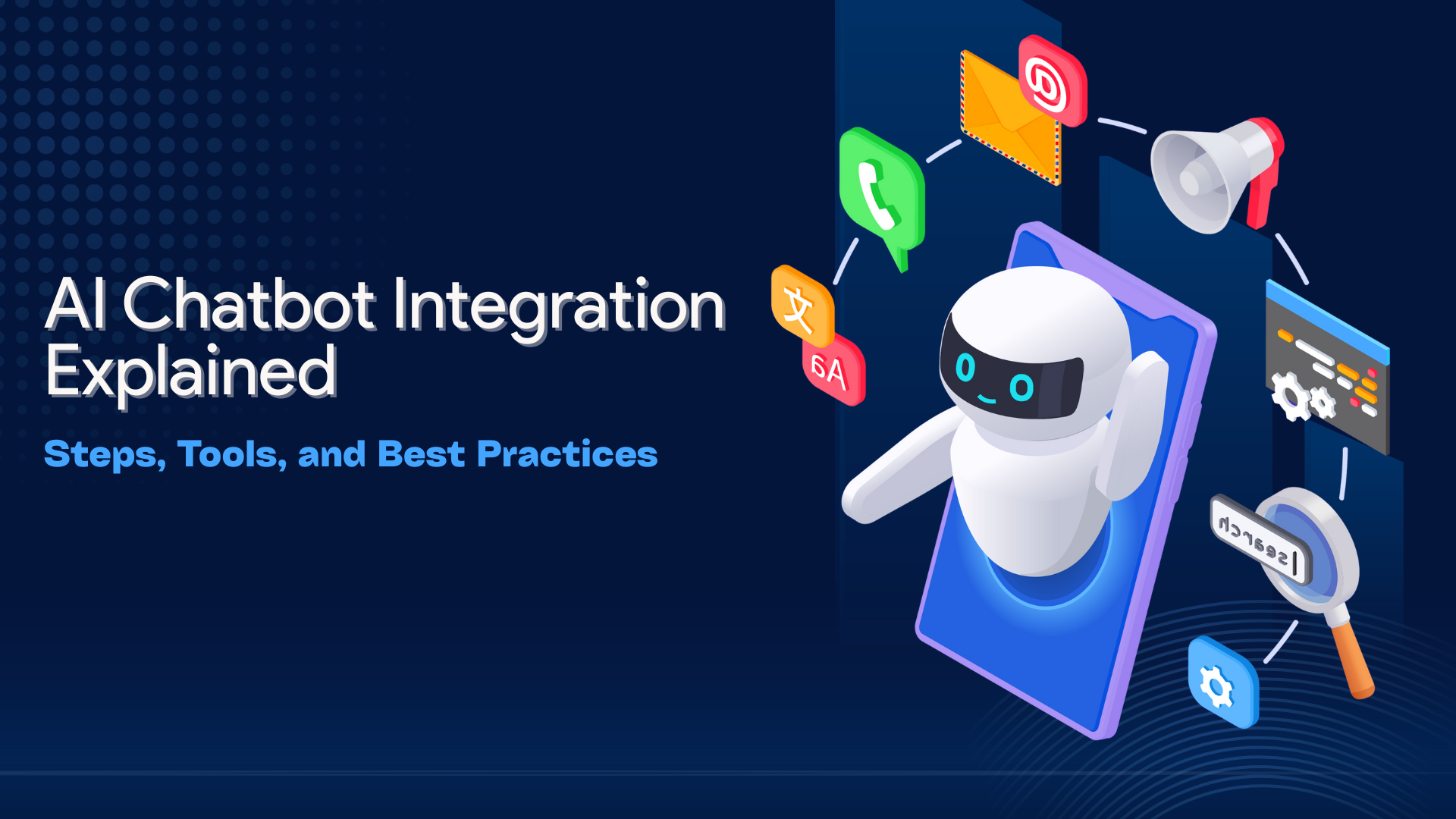Technology
The Fallout from ChatGPT: A Teacher’s Guide to Preventing Academic Dishonesty

Are you tired of catching your students cheating on assignments and tests? Do you want to learn effective strategies for preventing academic dishonesty in the classroom? Look no further than this teacher’s guide, which provides practical tips and advice for promoting honesty and integrity among your students. With ChatGPT as the latest tool used by tech-savvy cheaters, it’s more important than ever to stay one step ahead. Read on to discover how you can create a culture of academic integrity in your classroom and help your students succeed honestly.
What is academic dishonesty?
Academic dishonesty is a form of cheating that involves dishonestly obtaining academic credit or success. It can take many forms, from copying and pasting work done by others onto your own student essays to submitting completely fabricated research projects.
There are many different ways to commit academic dishonesty, but all of them have one thing in common: they violate the trust between students and their teachers. When academic dishonesty is caught, it can lead to a loss of points, a drop in grades, and even expulsion from school.
To prevent academic dishonesty from happening in your classroom, make sure you know how to identify it and respond effectively. Here are some tips for protecting yourself and your students:
1. Be aware of the signs of academic dishonesty. Pay attention to the way your students are behaving and look for any hints that they may be cheating. Some common signs of cheating include:
– Students spending too much time on their phones or laptops when they should be working on their assignments – This suggests that they’re trying to avoid getting caught cheating.
– Changes in behavior or attitude – If a student starts acting suspiciously or is suddenly doing better than usual on their assignments, this could be a sign that they’re cheating.
– Copying work from other students – This is one of the most common forms of academic dishonesty.
– Falsifying course materials – This includes altering course materials such as notes, exams
The Different Types of Academic Dishonesty
Academic dishonesty refers to any cheating that occurs in academic settings. There are three types of academic dishonesty: cheating on tests, plagiarism, and fabrication.
Cheating on tests involves using unauthorized means to obtain a desired outcome. Plagiarism occurs when someone takes the work of another person and presents it as their own without citing the original source. Fabrication involves creating or altering information in order to deceive others.
Some common signs that someone may be engaged in academic dishonesty include: using notes or other material during exams; copying or pasting material from online sources; sharing answers with friends; lying about having done research; and falsifying grades or other academic records.
Below is a list of tips for preventing academic dishonesty:
1) Be aware of your surroundings. Make sure you are paying attention to what is happening around you so you don’t fall victim to cheating schemes.
2) Follow instructions carefully. If there is a test, for example, don’t take notes or look at your phone—follow the instructions explicitly. Do not try to cheat by guessing the answer or by relying on outside help.
3) Stay alert for potential signs of cheating. Some red flags that suggest someone may be engaged in cheating activities include changes in behavior (such as becoming more secretive), looking nervous, fidgeting excessively, chewing gum excessively, and making mistakes on tests they previously appeared capable of doing
Prevention Tips for Teachers
Teachers are always looking for ways to keep their students engaged and on track in the classroom, but what happens when chat groups become a way to cheat?
There are a few things that teachers can do to prevent academic dishonesty in their classrooms. First and foremost, be sure that all students know the rules of academic honesty, which include not sharing answers or work with classmates. Second, make sure that there is an accountable system in place for student communication, such as using chat groups only for educational purposes and monitoring who is participating. Finally, be sure to investigate any suspected cases of academic dishonesty and take appropriate disciplinary measures.
Conclusion
academic dishonesty can have serious consequences for students and educators alike. In this guide, I offer a variety of strategies to help you prevent academic dishonesty in your classroom. I hope that by sharing these tips with you, you will be able to create an environment where cheating is not an option.
Maintenance
The Role of Smart Terminals and Terminal Management Systems

As manufacturing and energy operations become more complex and data-intensive, organizations are increasingly turning to smart terminals to improve efficiency, reliability, and safety. At the center of this transformation is the terminal management system, a digital backbone that connects equipment, people, and processes across the operational value chain. When combined with advanced analytics and integrated with a downstream commercial control system, smart terminals enable real-time decision-making and significantly reduce downtime.
This article explores how smart terminals function in manufacturing and energy sectors, the role of terminal management systems, and why their integration with downstream commercial control systems is becoming essential.

Understanding Smart Terminals
Smart terminals are digitally enabled operational hubs that manage the movement, storage, and processing of materials such as raw inputs, intermediate products, and finished goods. In manufacturing, this may involve handling chemicals, components, or bulk materials. In the energy sector, smart terminals often manage fuels, gases, lubricants, or petrochemical products.
Unlike traditional terminals that rely heavily on manual coordination, smart terminals use automation, sensors, and software platforms to monitor throughput, equipment health, inventory levels, and operational constraints in real time. The terminal management system acts as the central command layer, orchestrating these activities while ensuring compliance, safety, and efficiency.
Role of a Terminal Management System in Manufacturing
In manufacturing environments, terminals are critical choke points. Delays in material intake, internal transfers, or outbound logistics can quickly ripple across production lines.
A modern terminal management system helps manufacturers by:
-
Optimizing material flow: It schedules inbound and outbound movements to avoid congestion and idle time.
-
Enhancing visibility: Real-time dashboards show inventory levels, equipment status, and throughput performance.
-
Reducing manual intervention: Automated workflows replace paper-based processes, minimizing errors.
-
Improving maintenance planning: Predictive insights highlight equipment issues before failures occur.
By centralizing control, the terminal management system ensures that materials arrive at the right place, at the right time, and in the right quantity—supporting lean manufacturing and just-in-time production strategies.
Smart Terminals in the Energy Sector
In the energy sector, terminals play a vital role in downstream operations, including storage, blending, and distribution. The stakes are particularly high: safety risks, regulatory requirements, and volatile demand patterns require precise coordination.
Here, a terminal management system supports:
-
Safe handling of hazardous materials through automated checks, interlocks, and compliance reporting.
-
Throughput optimization by balancing loading, unloading, and storage capacity.
-
Real-time reconciliation between physical volumes and commercial records.
-
Integration with enterprise systems for planning, billing, and compliance.
Energy terminals increasingly rely on AI-enabled capabilities within the terminal management system to forecast demand, identify bottlenecks, and dynamically adjust schedules.
Integration with Downstream Commercial Control System
While operational efficiency is critical, commercial accuracy is equally important. This is where the downstream commercial control system comes into play.
A downstream commercial control system manages contracts, pricing, invoicing, nominations, and regulatory reporting. When integrated with the terminal management system, it creates a seamless bridge between physical operations and commercial execution.
Key benefits of this integration include:
-
Accurate volume and quality data: Automated data transfer reduces discrepancies between measured and billed quantities.
-
Faster reconciliation: Real-time synchronization minimizes delays in closing transactions.
-
Improved compliance: Regulatory and contractual obligations are enforced consistently across systems.
-
Enhanced profitability: Better alignment between operations and commercial decisions reduces losses and penalties.
For both manufacturing and energy companies, this integration ensures that operational excellence directly translates into commercial performance.
AI and Advanced Analytics in Smart Terminals
Smart terminals go beyond basic automation by leveraging AI and advanced analytics embedded within the terminal management system. These capabilities enable:
-
Predictive downtime reduction: Machine learning models identify early warning signs of equipment or process failures.
-
Dynamic throughput planning: AI adjusts schedules based on real-time constraints such as weather, demand shifts, or equipment availability.
-
Scenario analysis: Operators can simulate operational changes and understand their impact before execution.
When insights from AI-driven terminal management systems feed into the downstream commercial control system, organizations can make faster, more informed decisions that balance operational feasibility with commercial priorities.
Strategic Value for Manufacturing and Energy Leaders
Adopting smart terminals is not just a technology upgrade—it is a strategic move. Manufacturing and energy leaders gain:
-
Greater resilience against disruptions
-
Lower operating costs through reduced downtime
-
Higher asset utilization and throughput
-
Stronger alignment between operations and commercial outcomes
As markets become more competitive and regulatory scrutiny increases, the ability to operate terminals intelligently and transparently becomes a key differentiator.
Conclusion
Smart terminals are reshaping how manufacturing and energy companies manage complex operations. At the heart of this transformation lies the terminal management system, enabling real-time visibility, automation, and AI-driven optimization. When tightly integrated with a downstream commercial control system, organizations achieve a unified view of physical and commercial performance.
Together, these systems help reduce downtime, improve throughput, enhance safety, and ensure that operational efficiency directly supports business objectives. As digital transformation accelerates, smart terminals will continue to play a critical role in building more efficient, resilient, and profitable industrial operations.
Digital Development
Guide to SEO for Counselors: Building Trust and Visibility Online

In today’s digital world, people seeking mental health support often begin their journey online. They search for counselors, therapists, and mental health professionals they can trust—usually through Google. This is where working with a counselor SEO company becomes essential. Unlike general marketing agencies, a specialized SEO partner understands the sensitivity, ethics, and trust required in the mental health space.
Search engine optimization for counselors is not about aggressive promotion. It’s about visibility, credibility, and helping the right people find the right support at the right time.

The Unique SEO Challenges Counselors Face
Mental health professionals work in one of the most regulated and emotionally sensitive industries online. Unlike e-commerce or general service businesses, counselors cannot rely on aggressive marketing tactics or promotional language. Every message must respect ethical standards, professional guidelines, and the emotional state of people seeking help. Because of this, standard SEO strategies often fall short or even create risk.
Counselors face several unique challenges, including strict advertising and ethical guidelines that limit how services can be promoted. Many platforms restrict claims, language, and targeting related to mental health, which means SEO content must be carefully written to inform rather than persuade. One poorly worded page can damage trust or violate professional expectations.
There is also high competition in local searches, especially in cities where many therapists and counseling practices operate within the same area. Ranking for local keywords requires more than basic optimization—it demands accurate listings, consistent location signals, and content that clearly communicates expertise and specialization.
Finally, counseling websites must offer content that is informative, empathetic, and accurate. Articles, service pages, and FAQs need to explain complex emotional topics in plain language while remaining clinically responsible. This balance is difficult to achieve without experience in the mental health space.
Because of these factors, choosing a counselor-focused SEO company matters. The right strategy blends technical optimization with human-centered messaging, ensuring counselors are visible online while remaining ethical, trustworthy, and aligned with their professional values.
How a Counselor SEO Company Makes a Difference
A professional counselor SEO company doesn’t just aim for rankings—it focuses on meaningful outcomes. The goal is to attract people genuinely seeking help, not just website traffic.
Key areas they work on include:
1. Local SEO Optimization
Most clients look for help near them. Optimizing Google Business Profiles, local keywords, and location-based pages helps counselors appear in relevant local searches.
2. Trust-Building Content
SEO content in mental health must be calm, reassuring, and educational. Blog posts, service pages, and FAQs are crafted to answer real client concerns while following SEO best practices.
3. Website Structure and Technical Health
Fast loading speed, mobile responsiveness, secure browsing, and clear navigation are critical. These elements improve both user experience and search engine performance.
4. Ethical Keyword Targeting
Instead of pushing high-volume keywords aggressively, counselor SEO focuses on intent-based phrases that align with genuine client needs.
Why Specialized Marketing Matters More Than Ever
Mental health services rely heavily on trust. A poorly written ad or misleading page can turn potential clients away instantly. This is where experienced agencies like Triumph Marketing Co stand out.
Rather than using generic digital marketing templates, Triumph Marketing Co understands how to align SEO strategies with the emotional and professional responsibilities of counselors. Their approach focuses on long-term credibility, sustainable growth, and ethical marketing practices.
Building Long-Term Visibility, Not Short-Term Hype
SEO for counselors is not a quick fix—it’s a long-term investment. When done correctly, it creates a strong digital foundation that continues to generate inquiries over time.
Benefits of working with a dedicated counselor SEO company include:
- Consistent, organic client inquiries
- Improved online reputation and authority
- Better engagement with the right audience
- Reduced dependency on paid ads
Over time, SEO becomes one of the most cost-effective ways for counselors to grow their practice while staying aligned with professional values.
Choosing the Right SEO Partner for Counselors
Selecting an SEO partner is a critical decision for counselors, as it directly affects how their services are represented to people seeking support. Rather than focusing only on rankings or bold growth promises, counselors should look for a partner who understands both the technical side of SEO and the ethical responsibilities of the mental health profession.
One of the most important factors is experience in the mental health or healthcare niche. SEO strategies that work for retail or local services often do not translate well to counseling practices. A knowledgeable partner understands privacy concerns, compliance requirements, and the importance of using language that feels respectful and reassuring.
Transparent strategies and reporting are equally essential. Counselors should clearly understand what work is being done, why certain keywords are targeted, and how performance is measured. Regular reports that explain results in plain language help build trust and ensure the strategy remains aligned with practice goals.
Agencies like Triumph Marketing Co emphasize collaboration rather than control. By working closely with counselors and respecting their comfort levels, they help ensure that online visibility grows in a way that feels authentic, ethical, and aligned with the counselor’s mission of care.
Final Thoughts
In a profession where empathy, trust, and credibility come first, online visibility should feel supportive—not sales-driven. A thoughtful counselor SEO company helps connect people who are actively seeking help with professionals who are prepared to guide them, without compromising ethics or sensitivity.
Educational platforms like Contrank highlight how specialized, ethical SEO strategies can support long-term growth for service-based professionals. With the right partner, such as Triumph Marketing Co, counselors can build a strong online presence that attracts the right audience, strengthens trust, and grows their practice steadily—while staying fully aligned with their mission of care and compassion.
Digital Development
Mastering AI Chatbot Integration: A Guide for Modern Applications
-
Business2 years ago
Cybersecurity Consulting Company SequelNet Provides Critical IT Support Services to Medical Billing Firm, Medical Optimum
-
Business2 years ago
Team Communication Software Transforms Operations at Finance Innovate
-
Business3 years ago
Project Management Tool Transforms Long Island Business
-
Business2 years ago
How Alleviate Poverty Utilized IPPBX’s All-in-One Solution to Transform Lives in New York City
-
health3 years ago
Breast Cancer: The Imperative Role of Mammograms in Screening and Early Detection
-
Sports3 years ago
Unstoppable Collaboration: D.C.’s Citi Open and Silicon Valley Classic Unite to Propel Women’s Tennis to New Heights
-
Art /Entertainment3 years ago
Embracing Renewal: Sizdabedar Celebrations Unite Iranians in New York’s Eisenhower Park
-
Finance3 years ago
The Benefits of Starting a Side Hustle for Financial Freedom
































